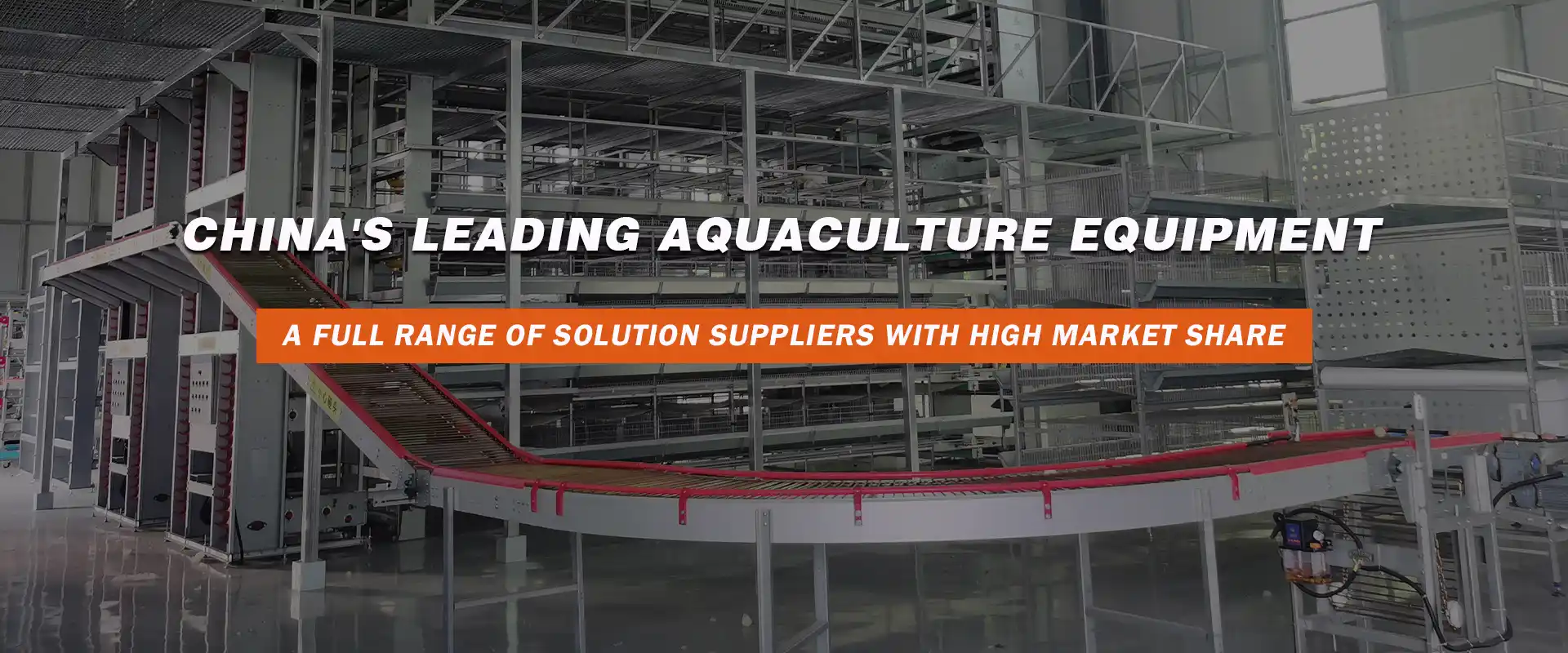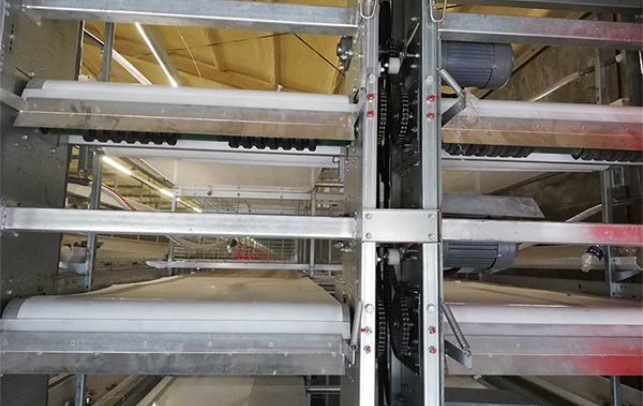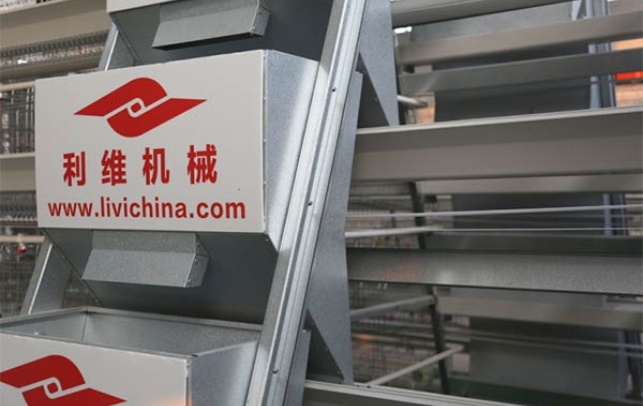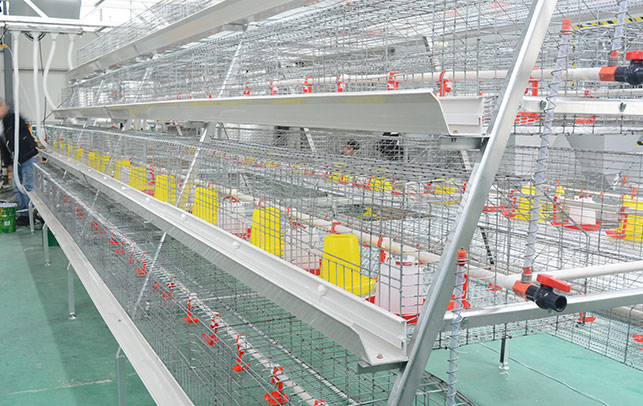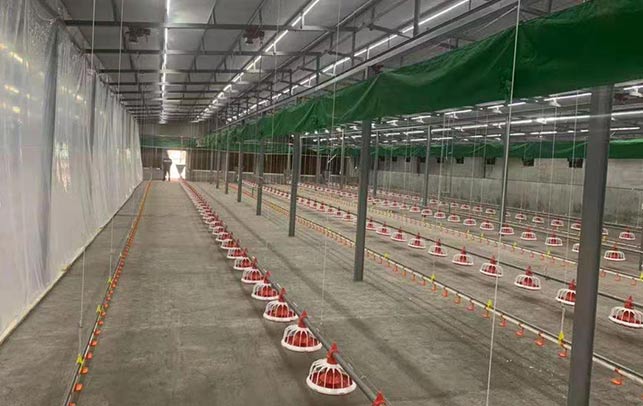Optimizing 60,000 Bird Poultry Farming Cage Systems
Time : 2025-03-24
Poultry farming has emerged as one of the most lucrative agricultural ventures across the globe, especially with the demand for poultry products growing at a rapid pace. Among the various aspects of poultry farming, managing the farming systems effectively is crucial for maintaining high productivity and efficiency. This article focuses on optimizing 60,000 bird poultry farming cage systems, highlighting the latest trends, best practices, and technical advancements in the field.
Introduction
Cage systems have become the backbone of modern poultry farming. These systems ensure that the birds are well-protected, and their growth and development are optimized. A well-designed and efficiently managed 60,000 bird poultry farming cage system can lead to substantial savings and improved output. This article aims to provide insights into how to optimize such systems for better results.
Design Considerations for 60,000 Bird Poultry Farming Cage Systems
1. Space Allocation
The space allocation for each bird is a critical factor in cage system design. For optimal performance, each bird should have an adequate amount of space to move around. Typically, a minimum of 0.25 square meters (2.7 square feet) per bird is recommended. Ensuring that the birds have enough space prevents stress and ensures that they can move freely, leading to better growth and overall health.
2. Material Selection
The choice of material for the cage systems plays a significant role in their durability and cost-effectiveness. High-quality steel or plastic materials are often used due to their strength and resistance to corrosion. The material should be selected based on the climate conditions, as it affects the insulation and maintenance requirements of the cage systems.
3. Layout Design
The layout of the cage systems should be designed to maximize the use of space while allowing for easy access and maintenance. A well-thought-out layout ensures that the farmers can efficiently manage the birds, clean the systems, and minimize the risk of disease spread.
Best Practices for 60,000 Bird Poultry Farming Cage Systems
1. Regular Cleaning and Disinfection
Cleaning and disinfection are crucial in preventing the spread of diseases among the poultry. A regular schedule should be established for cleaning the cage systems, which includes removing droppings, manure, and spilled feed. The systems should be thoroughly disinfected using approved disinfectants to ensure a healthy environment for the birds.
2. Feeding Management
Proper feeding management is essential for optimizing growth and reducing waste. Automated feeders can be used to control the amount of feed provided to the birds, ensuring that they receive the right nutrients at the right time. Additionally, the feed should be stored in a dry, clean environment to prevent spoilage and contamination.
3. Monitoring and Management
Continuous monitoring of the cage systems is vital to detect any potential issues early on. Use of advanced technology, such as IoT-based monitoring systems, can help in tracking the health, growth, and behavior of the birds. This allows for timely interventions to ensure optimal performance.
Technical Advancements in Cage Systems
1. Automation
Automation has revolutionized the poultry farming industry. Automated systems, such as automated lighting, temperature control, and ventilation, help in creating an ideal environment for the birds. These systems can be controlled remotely, allowing farmers to manage the farming operations more efficiently.
2. Environmental Control
Maintaining the right temperature, humidity, and ventilation levels is crucial for the health and growth of the birds. Modern cage systems come with advanced environmental control features that help in achieving the desired conditions, reducing the risk of diseases and improving productivity.
3. Data Analysis
The integration of data analytics in cage systems allows farmers to gain valuable insights into their farming operations. By analyzing the data collected from various sensors and monitoring devices, farmers can identify trends, make informed decisions, and optimize their farming practices.
Conclusion
Optimizing 60,000 bird poultry farming cage systems requires careful planning, execution, and continuous improvement. By focusing on design considerations, best practices, and embracing technical advancements, poultry farmers can achieve higher productivity, lower costs, and a healthier environment for their birds.




